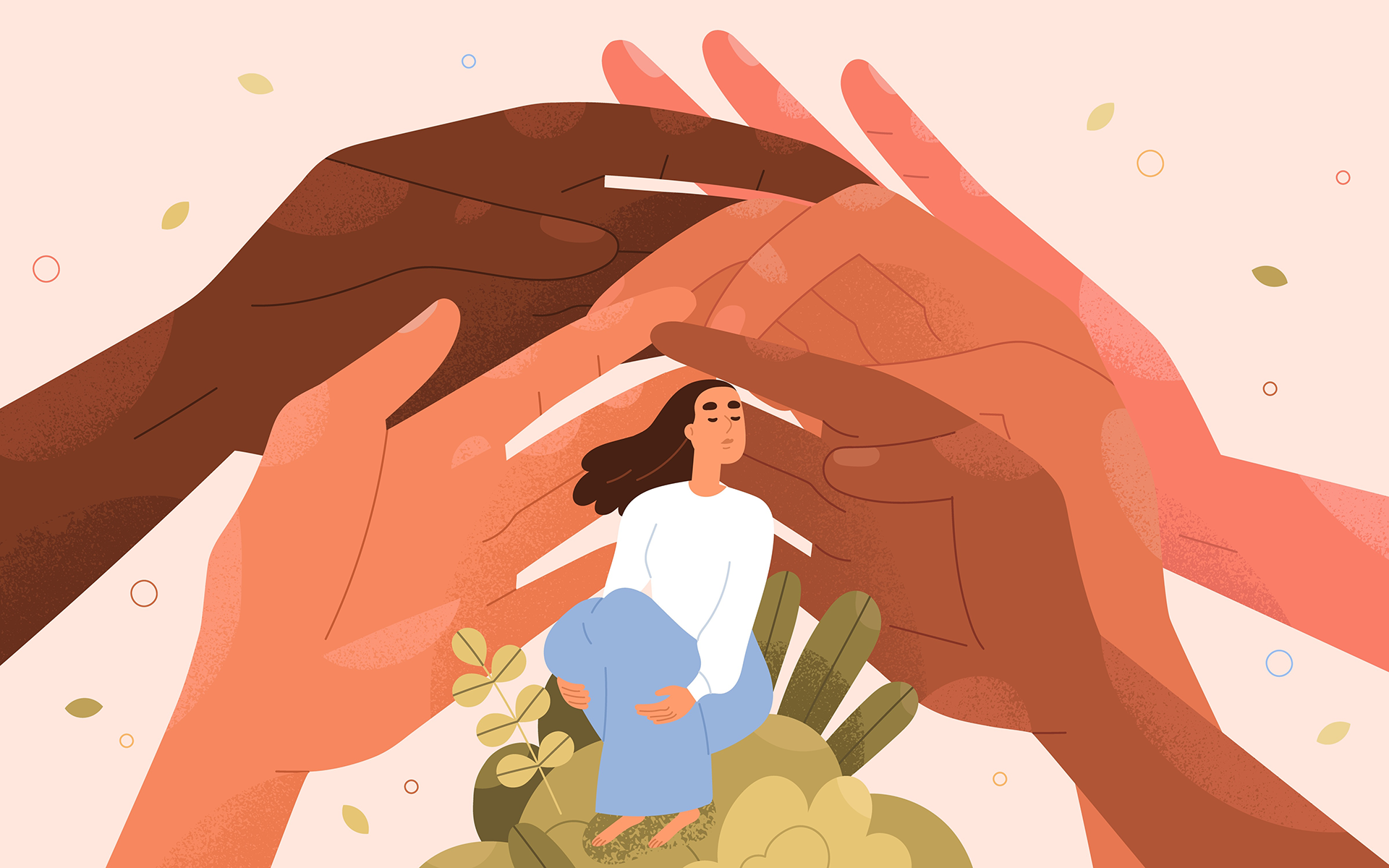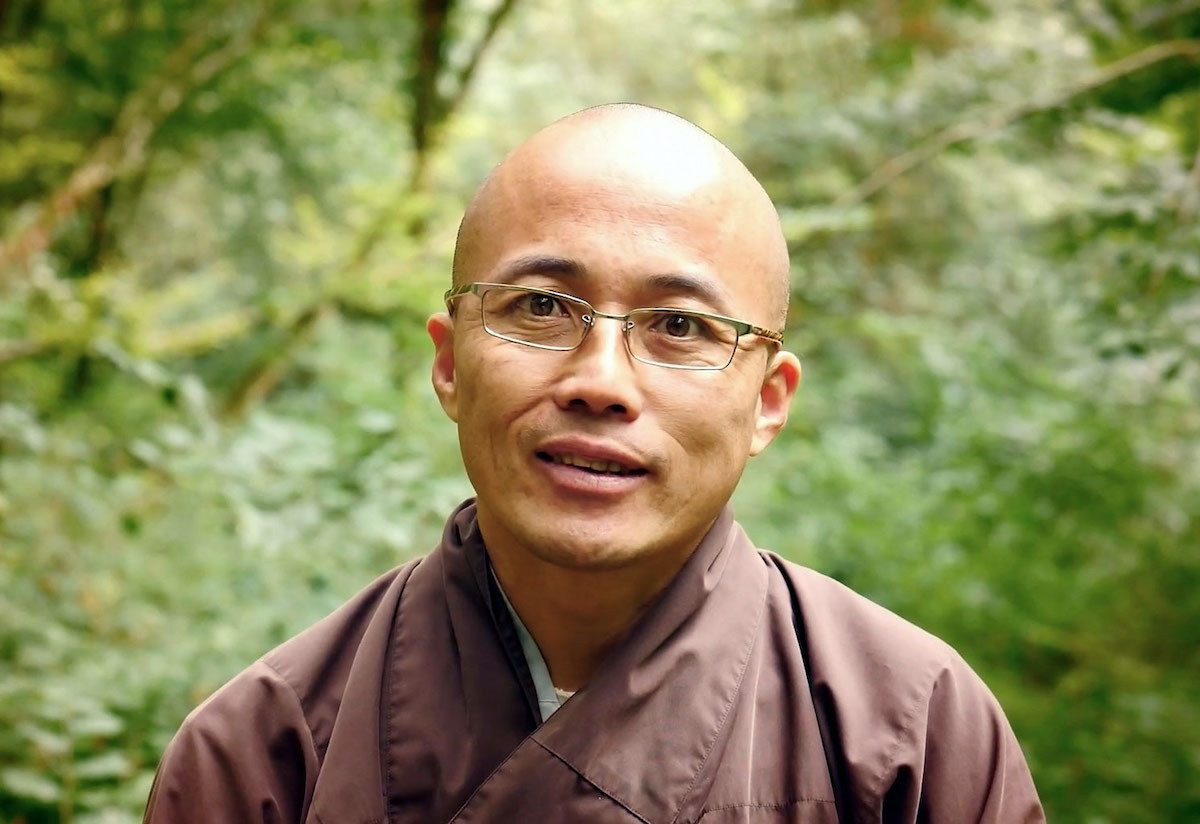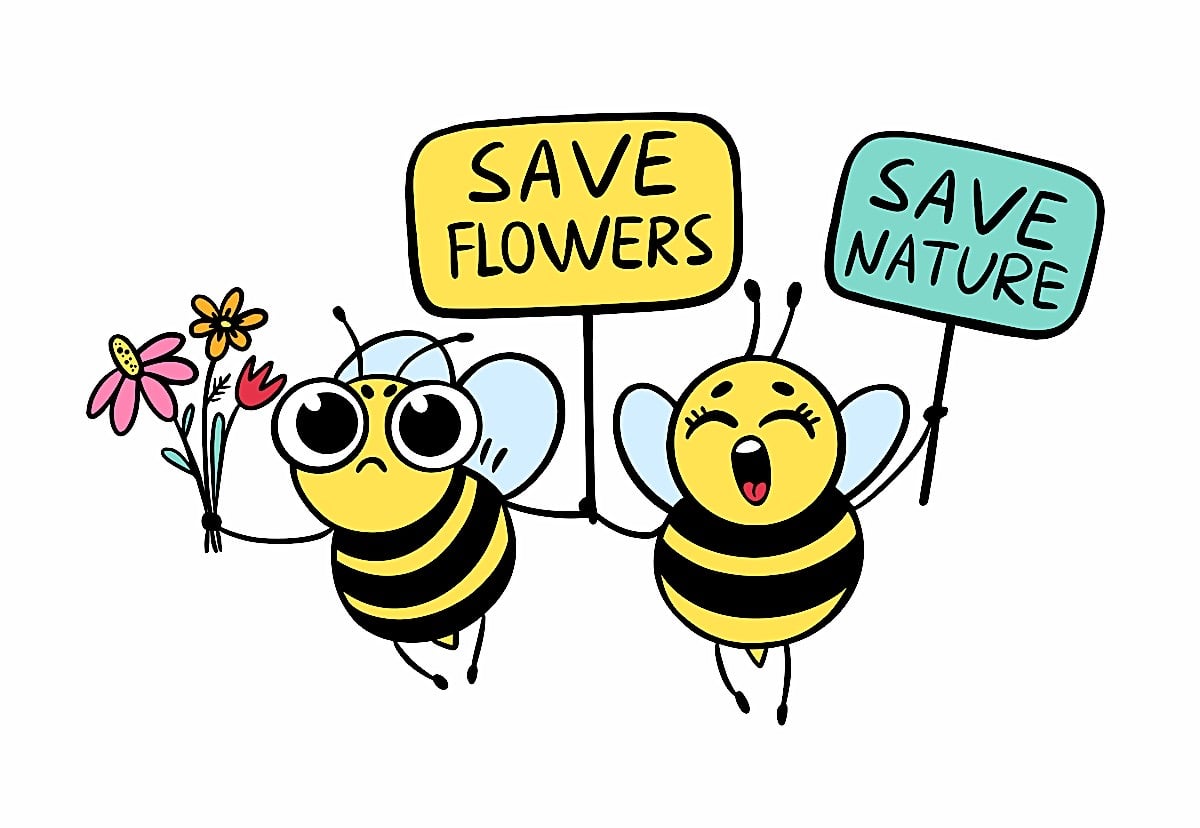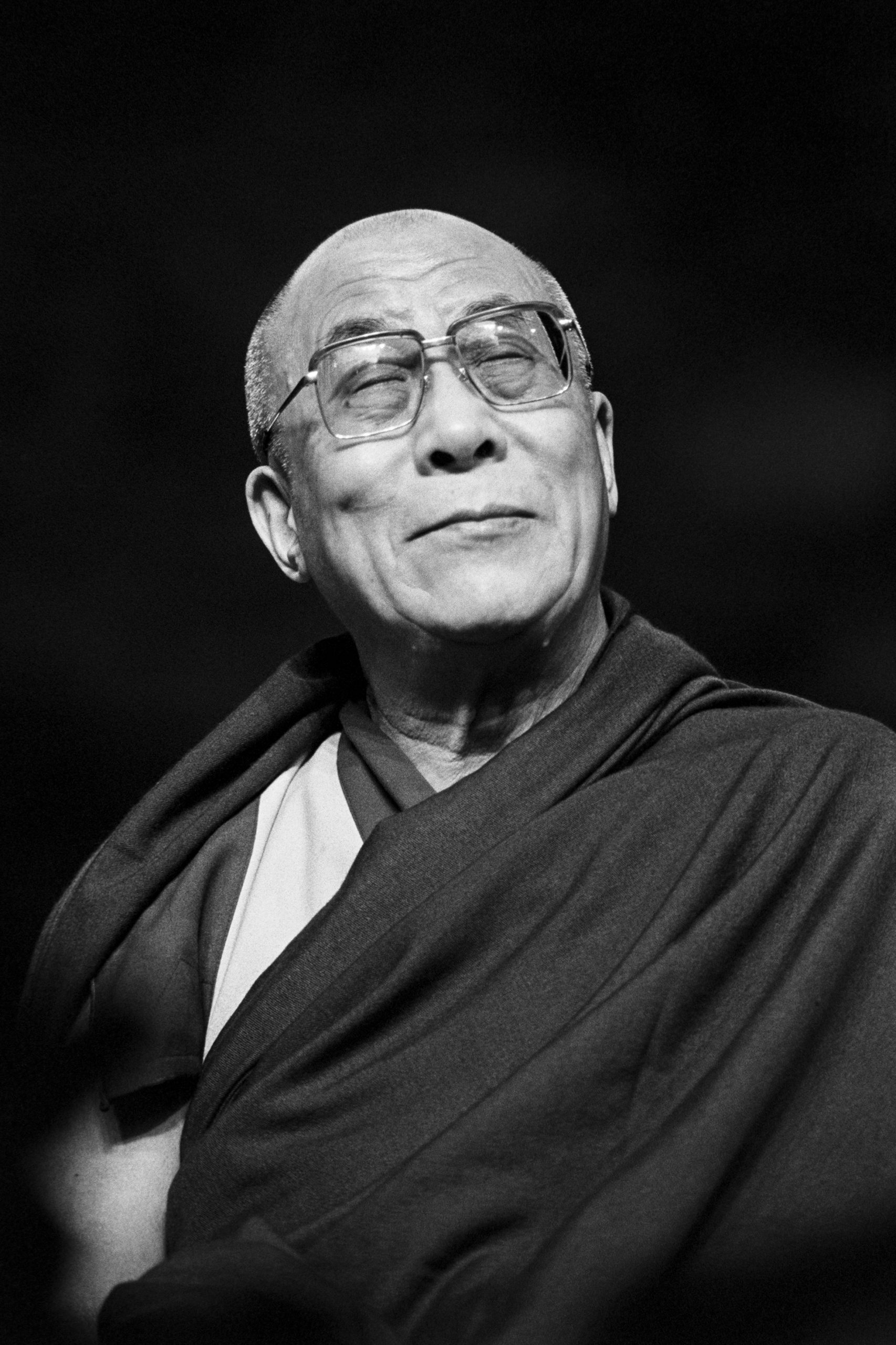No time for Buddhist practice? You have time for mantra, don’t you? Mantra — a complete practice
There are times when daily life conspires to push aside our good intentions to meditate, or to make offerings to the Three Jewels, or — for some of us — fulfil our daily commitment to practice sadhana. Concerned that...
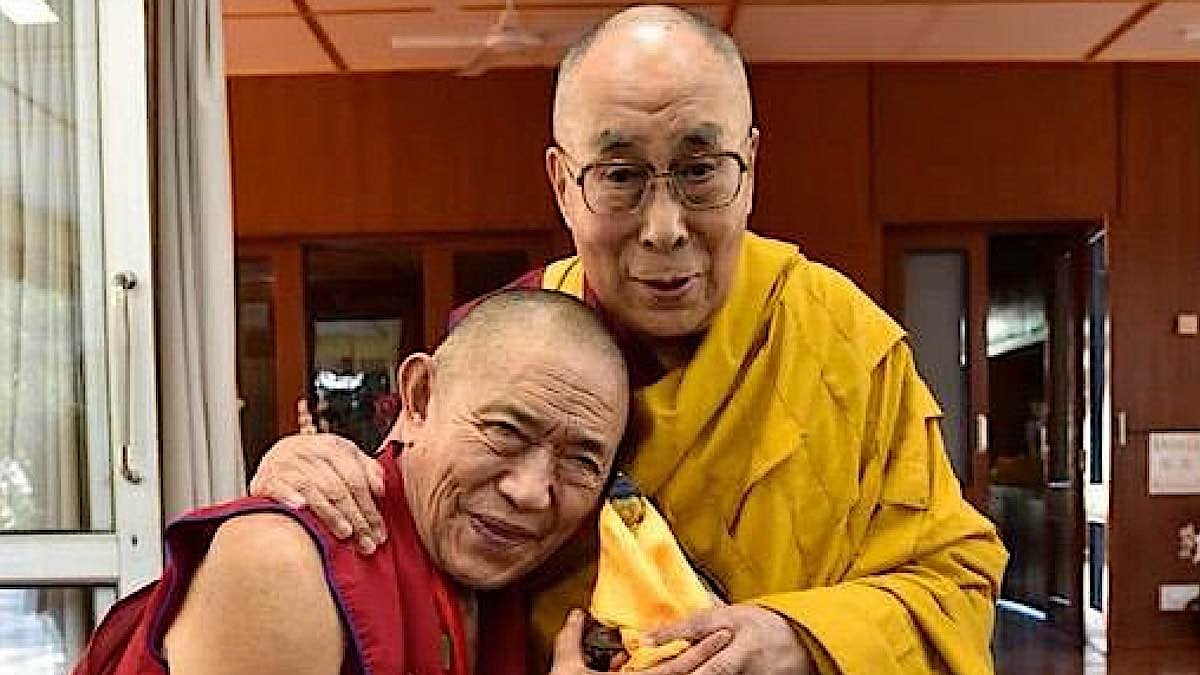
There are times when daily life conspires to push aside our good intentions to meditate, or to make offerings to the Three Jewels, or — for some of us — fulfil our daily commitment to practice sadhana.
Concerned that I wasn’t fulfilling my practice commitment, I once asked my teacher what to do at these times?
He said, simply, “You have time for a mantra, don’t you?” He laughed and went on to explain how he’s always on an airplane headed to some teaching engagement or another, but he is able to do his practices from the uncomfortable economy-class seat.
 His Holiness the Dalai Lama hugs Kyabje Garchen Rinpoche. Both His Holiness and Kyabje Garchen Rinpoche advise students to chant mantras daily.
His Holiness the Dalai Lama hugs Kyabje Garchen Rinpoche. Both His Holiness and Kyabje Garchen Rinpoche advise students to chant mantras daily.He then instructed me to make sure I at least chanted the mantras of my meditational deities (Yidams) daily — even if it meant chanting mantras in every spare moment: on the commute to work, while driving in stop-and-go traffic, while fixing the fence, (Caution: pay attention to the road and hammer!)
Mingyur Rinpoche: “Join your spiritual life and daily life together”
Bringing the mantras into your “daily life” is especially powerful. Mingyur Rinpoche, in a talk “I’m too lazy to start a meditation practice” said, “Try to join your spiritual life and your daily life together. That’s the best!” Chanting mantras during daily activities is one way to do this. [See Mingyur Rinpoche’s short teaching video below.] [3] He also coaches us to meditate and do mantras anywhere, while watching TV, standing up, sitting down, driving to work. “For example, if you are in the train, subway, you can meditate while you’re standing up!”
Prayer Wheels and H.E. Garchen Rinpoche
No where is this better exemplified than in the example of His Eminence Garchen Rinpoche. He is rarely seen without a mantra wheel in his hand, spinning constantly even as he teaches, walks, travels, chats. A mantra wheel, or mani wheel, is a prayer wheel containing millions of mantas. You spin the wheel to symbolically send millions of mantras out to the world to benefit all sentient beings. His Eminence, at the age of 22, was imprisoned for 20 years after the Cultural Revolution. In the labour camp, one had to practice secretly, or face punishment — and mantra is ready-made for secret and silent practice. He is known for his vast compassion. Garchen Rinpoche said:
“There are some practitioners who have a strong aspiration to engage in practice and although they really want to practice, due to some karmas they have accumulated in the past, they have not the opportunity to practice and they are under the power of someone else and so they cannot practice. For them it becomes very important to look for skillful means to engage in practices.”
He gives the example of mantra and prayer wheels. [2] In a separate teaching — during a Vajrapani Empowerment — he describes “commitments” and “Samaya” of practice. He emphasized, as he always does in empowerments, that the real commitment is to practice Bodhichitta, and most importantly relative Bodhichitta — or loving-kindness and compassion. If you have this, you still have your Samaya and commitment. He then describes how one simple, practice commitment can be just to recite mantras and to spin a prayer wheel whenever possible because it contains millions of mantras.
For a feature story on Prayer Wheels see “Wheel of Dharma: Why Prayer Wheels May be the Ideal Buddhist Practice for Busy People>>]Mantra — “mind method”
Geshe Tsultim Gyeltsen wrote, in a commentary on Heart Sutra:
“In both sutra and tantra, the word mantra has the same connotation — protecting the mind.” [1]
Mantra literally translates “mind vehicle” — “man” meaning mind and “tra” meaning method or instrument. It is, literally, “mind instrument” or “mind method.” Some teachers translate “Man” as mind and “Tra” as protection. The way of mantra is called Mantrayana; “Yana” means vehicle. In Buddhism, vehicles are “methods” and practices: sutra vehicle, tantra vehicle, mantra vehicle (mind vehicle.)
Green Tara’s beautiful mantra is famous for “rescues” and “protection” and other activities benefiting sentient beings:
Kyabje Lama Zopa Rinpoche explained the meaning of mantra in Nyung-na Teachings at Lawudo:
“The meaning of mantra is “guarding the mind.” Guarding it from what? From clinging, or attachment, and the view of this life.
“It means guarding the mind from attachment, the view of this life, and the three lower realms. It means guarding the mind from the whole suffering realm of samsara, which means all six realms, and from seeking and being bound to the blissful state of peace for self. It guards the mind, or in other words, it guards oneself. It means the same thing. It is related to guarding the mind but it means guarding you from all these problems and from binding yourself to the blissful state of peace. It also guards your mind from the impression of the subtle dualistic view, or she-drib, which is another name for obscurations to the objects of knowledge. The ignorance that believes in self-existence causes things to appear as truly existent.”
Buddha Weekly’s video playlist with dozens of mantra videos, from Tara to Vajrakilaya to Hayagriva to Shakyamuni Buddha>>Guru Rinpoche’s famously effective mantra:
Mantra “fortifies” our mind
Aside from protection it can be said that mantra also “fortifies” our mind. How? It helps us purify our minds by focusing on pure Dharma. It helps us remain mindful (right concentration) —in this case mindful of the sounds of the mantra, and any visualization that goes along with it. It engages our mind at a profound level — its effect well supported in peer-reviewed study after study. (In some studies, for example, mantra and visualization practices are beneficial to people suffering from cognitive decline.
See “Science of Medication: Peer reviewed studies”>>White Tara’s mantra is well known for long-life, healing and affirming healthy living:
Mantra and physiotherapy
I have my own first hand experience with the power of mantras — as cited in these peer-reviewed studies. I had to undergo recovery physiotherapy. The pain was intense; almost impossible to bear. I found that mindfulness meditation didn’t reduce pain for me — it made me pay more attention to it. Mantra, on the other hand, particularly, in my case Medicine Buddha Mantra, actually reduced the intense pain of my ordeal.
Yes, I still felt the pain, but by focusing on the mantra, I noticed the pain less, and — in time — I felt that the mantras did more than make pain bearable; it sped up the healing process for me. From my own experience, I’ve also found that mantras dramatically reduce fear — for example, during air turbulence on a nasty flight. Is it psychologic benefit, therefore all in the mind? Yes, of course. Mantra is literally “mind vehicle.” But mind, naturally, has dominion over body.
Mantra: essence of Enlightened Body, Speech and Mind
At the same time, it is taught that mantra is the “essence of the Enlightened Body, Speech and Mind.” When we chant the Chenrezig (Avalokiteshvara, Guanyin) mantra Om Mani Padme Hum, we are invoking the compassionate energy — Enlightened Body, Speech and Mind — of Chenrezig. Even if we don’t speak the mantra — for example if we spin a prayer wheel with the mantra, or simply mentally chant the mantra — the essence is the same.
This concept of “sound essence” is not unique to Buddhism. Mantra began wth ancient Vedic beliefs, is widely embraced in Buddhism, and is also found in other spiritual paths; for example, a Catholic, chanting “Hail Mary” with a rosary might invoke a similar effect — focusing the mind on what Holy Mary represents.
It is this “essence” that makes mantra a valid “stand in” for daily Buddhist practice. No teacher advocates laziness, or “skipping practice” by simply chanting a few mantras. But, in those times where you genuinely have no time o alternative, mantra is the go-to practice for many of us.
Mingyur Rinpoche on “I’m too lazy to start a meditation practice”:
Brand mantra — a stolen concept is a good one
This “essence” idea is why marketers use the term “Brand Mantra.” I don’t point this out to diminish the value of spiritual mantra, but simply to illustrate “essence.” Marketing and advertising tends to borrow spiritual terms a lot; in co-opting the spiritual term, they are saying “the essence of the brand, it’s Brand Mantra, is X.” Usually, this is five words or less, a slogan: “The Real Thing” for Coke, “Ultimate Driving Machine” for BMW, “Homemade Made Easy” for Betty Crocker.
Mantra, in Buddhist practice, is far more profound. It literally empowers and impacts the mind at a far deeper level than even the catchiest marketing slogan. It literally is the essence of the deities essence. The essence of the essence? Literally. Om Mani Padme Hum is the essence of Avalokiteshvara; the essence of Avalokiteshvara is compassion for all sentient beings. By chanting “Om Mani Padme Hum” we are using our mind vehicle to activate compassion for all sentient beings.
Mantra is a complete practice?
In the Heart sutra is written:
“Therefore, the mantra of the perfection of wisdom, the mantra of great knowledge, the unsurpassed mantra, the mantra equal to the unequaled, the mantra that thoroughly pacifies all suffering, should be known as truth since it is not false. The mantra of the perfection of wisdom is declared:
TADYATHA GATE GATE PARAGATE PARASAMGATE BODHI SVAHA
“Shariputra, the bodhisattva mahasattva should train in the profound perfection of wisdom like that.”
Watch and listen to Yoko Dharma chant the Gate mantra:
Mantra — the simplest of practices, the most complete of practices
Mantra is — at the same time —the simplest essence of practices and the most complete of practices. Whether we treat mantra as a meditation practice, a commitment practice, a prayer, an aspiration, a purifying phrase, a mindfulness exercise, a healing wish, a desperate call for protection, or even as a lucky chant, it is clear that mantra is all things. It is, in essence, the complete package.
Mantra is said to be the Enlightened Mind and Body, as Enlightened Speech. Speech always has that “power.” We can visualize and comprehend all things from words.
Vajrakilaya’s activity mantra is powerful for removing obstacles:
Dharma and “words” most important Jewel?
Of the three Jewels in Buddhism — Buddha, Dharma and Sangha — the Dharma is always considered the most important. Why? Buddha taught the Dharma, and is world-honoured and respected for that. In the Buddhist analogy, Buddha is the Doctor who prescribed the cure for our suffering.
The Dharma, however, is the actual cure. Long after Buddha has “gone beyond” — the literal translation of Paragate in the Heart Sutra — he left behind the universal cure to our suffering: the eight noble truths and his other teachers. The Dharma in all its wondrous forms: Sutra, Tantra and Commentary. And, Dharma are “words” just as Mantra are sounds. Mantra (sounds) are the essence of Dharma (words.
The final Jewel, the Sangha, is the “nurse” in our cure analogy. The Sangha are our supportive network of Bodhisattvas who help us on our quest to free all sentient beings from suffering. Vital support, wonderful support, but the Dharma is still the essence of the path. It is the Dharma that Buddha (the first Jewel) proclaimed, and it is the Dharma that the Sangha (the third Jewel) try to practice.
Taking Refuge in the Three Jewels can itself be a practice, like mantra:
Mantra and words capture essence of all
This is a very Buddhist concept as well — in fact common to all spiritual paths. Aum (OM) is the most famous of mantras, and it forms the root of all mantras. It comes, in fact, from ancient pre-Hindu spirituality, and is now common to many faiths. Some scholars even claim Amen is derived from Aum. (I won’t cite sources on this, it’s not that critical; it was just interesting in passing.)
So, it can be said, that mantra, even the simplest mantra, contains the essence of all Dharma.
Kyabje Zopa Rinpoche explains mantra as Dharma:
“Secret mantra is not only to guard your mind; it has many functions and benefits. Even the three-syllable mantra, OM AH HUM, or just one syllable has all these powers. For instance, the six-syllable mantra OM MANI PADME HUM, contains the whole path, the whole Dharma. There is not a single Dharma that is not contained in that mantra. MANI is method and PADME is wisdom.
“The whole path to enlightenment is divided into method and wisdom, so that is contained within this mantra. MANI refers to all the method and PADME to all the wisdom that enable you to achieve enlightenment. Somebody who knows the meaning of the mantra can recite this mantra one time and remember the whole path. In the short time it takes to hear this mantra you are reminded of the whole path to enlightenment and all the qualities of a buddha. It is said in the teachings to recite the six-syllable mantra, which is the essence of the whole Dharma.”
NOTES
[3] “I’m too lazy to start a meditation practice” video teaching with Mingyur Rinpoche (video above.)

 ValVades
ValVades 








